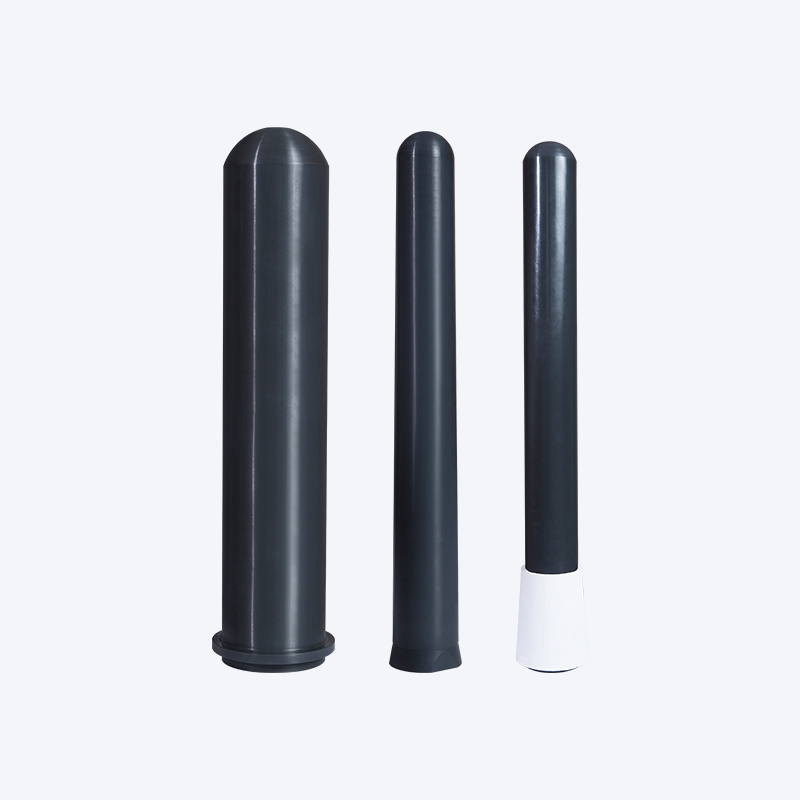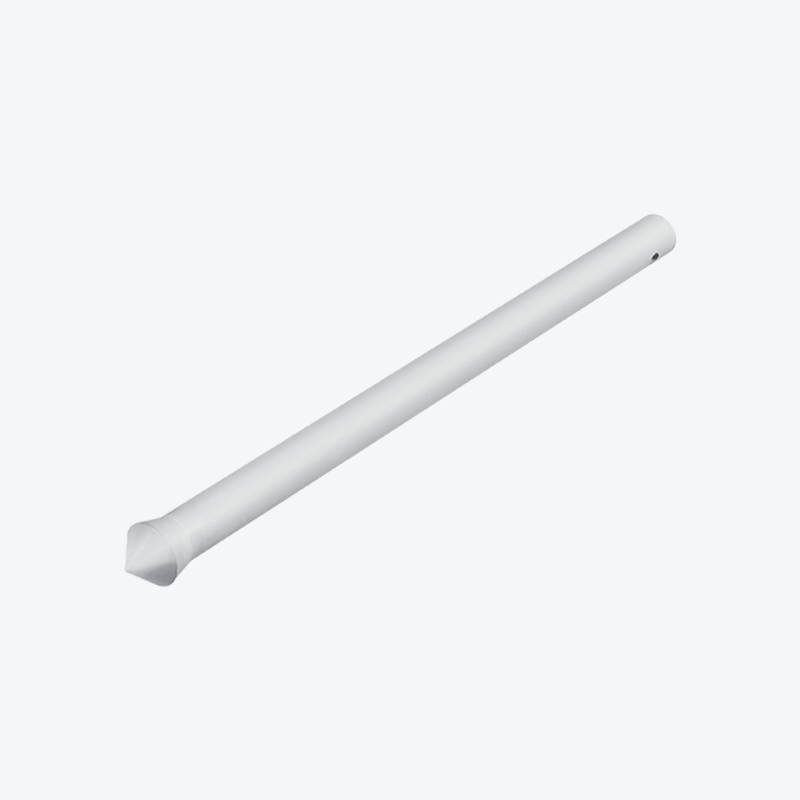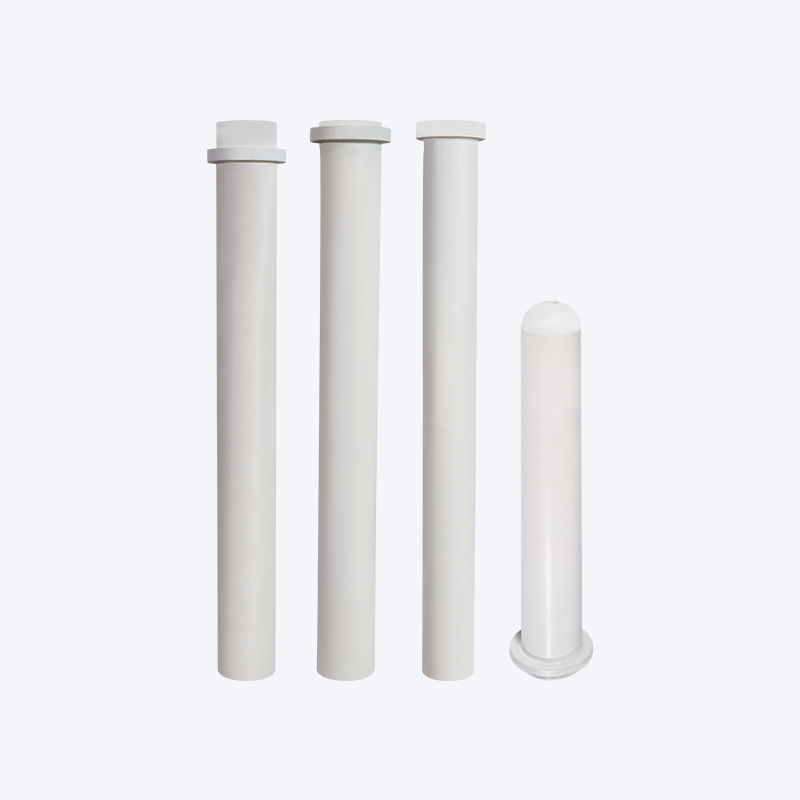What is a heater tube?
1. Radiant Tube Heaters (Industrial/Commercial Heating):
Function: These are long, often metal (like stainless steel) tubes that house a heating element, which can be electric or gas-fired. They work by emitting infrared radiation, similar to how the sun heats objects.
Mechanism: In gas-fired versions, gas (propane or natural gas) is combusted inside the tube, heating the tube walls. The heat then radiates outwards, directly warming surfaces, objects, and people in its path, rather than heating the air directly. Electric versions have electric heating elements inside the tube that generate infrared radiation.
Applications: Commonly used in large, open spaces like warehouses, garages, workshops, factories, and even outdoor patios, where heating the entire air volume with traditional methods would be inefficient. They are known for providing targeted, energy-efficient heat.
2. Tubular Heaters (General Purpose/Background Heating):
Function: These are electric heaters with a heating element enclosed within a metal tube structure. They are designed to provide low-level, background heat or frost protection.
Mechanism: Electricity passes through the heating element (often a coil or ceramic rod) inside the tube, creating resistance and generating heat. This heat then radiates into the surrounding space.
Applications: Useful for preventing frost in seldom-used rooms (attics, conservatories), taking the chill off walk-in cupboards or pet kennels, and providing supplemental heat in areas not covered by central heating (like greenhouses).
3. Heater Hoses (Automotive):
Function: In a vehicle's heating system, heater hoses are tubes (typically rubber) that carry hot engine coolant (antifreeze) from the engine to the heater core.
Mechanism: The engine generates a lot of heat, and the cooling system circulates coolant to absorb this heat. Some of this hot coolant is routed through the heater hoses to the heater core, which is essentially a small radiator inside the dashboard. A fan then blows air over the heated heater core, transferring warmth into the vehicle's cabin.
Application: Essential for providing warmth and defrosting the windshield in a car's interior.
4. Tube Furnaces (Laboratory/Industrial High-Temperature Processes):
Function: These are electric heating devices used in laboratories and industries for high-temperature processes like chemical synthesis, purification, heat treatment (annealing, sintering), and material testing.
Mechanism: They consist of a cylindrical cavity (the tube) surrounded by heating coils embedded in a thermally insulating matrix. These coils heat the tube to very high temperatures, allowing for precise and uniform heating of samples or materials placed inside.
Applications: Used in chemistry, materials science, metallurgy, and ceramics for various research and manufacturing processes.
5. Shell and Tube Heat Exchangers (Industrial Heat Transfer):
Function: While not typically called "heater tubes" directly, the "tubes" within a shell and tube heat exchanger are crucial for heat transfer. One fluid flows inside these tubes, and another fluid flows outside the tubes (within the "shell"), allowing heat to be exchanged between them.
Mechanism: Heat is transferred from the hotter fluid to the colder fluid through the walls of the tubes. This can be used for heating or cooling purposes.
Applications: Widely used in oil refineries, chemical processes, power plants (e.g., condensers, steam generators), and many other industrial settings for efficient thermal energy exchange.
In summary, a heater tube is a broad term that describes any tubular component designed to facilitate heating, whether it's by direct radiation, conduction, or as part of a larger heat exchange system. The specific design and purpose will depend on the intended application.

Contact Us for Quotes and Prices!
Just let us know what you want, and we will get in touch with you as soon as possible!

 English
English 简体中文
简体中文












